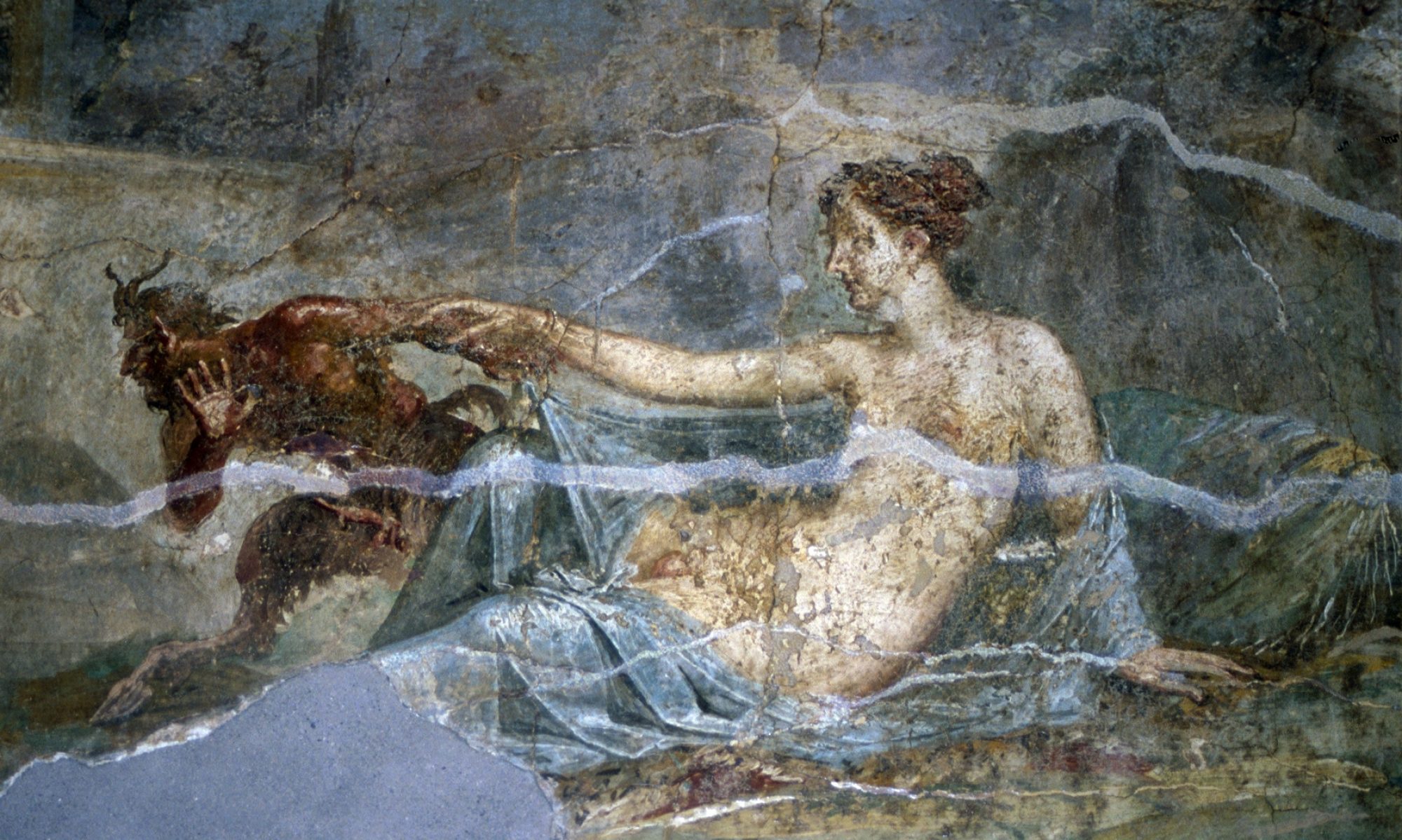
Good News: You’ve already written a ton of words for this class! You’ve been writing constantly as you have prepared assignments for both units AND for this research project. Every word you write limbers you up to better write the next one. You’re in the habit of looking at a prompt and the putting words down that relate to that prompt. That’s how writing works. YOU CAN DO THIS!
Bad News: We’re in the hardest part of the research project. It’s also really messy and no one set of advice is going to work for everyone.
Small Comfort: There is no big cliff to fall off of. If you keep turning in these preparatory assignments and earning points the final paper is a relatively small part of your overall grade and it will be easier to work with all this preparatory work.
Goals of the Following Assignment
- Just the very act of beginning
- Identify where more research and reading is needed
- Let me give you feedback on work in progress
- Start thinking about structure
- Grow more comfortable with letting imperfect writing be read by others
What You Should “Turn In”
These points are explained in more detail below. This is your basic checklist to make sure your submission is what is required.
- At least two pages total
- At least one full paragraph with references to primary evidence and secondary literature
- Some idea of what the organizational principle of your paper might be
- A list of any bibliography you have collected since the annotated bibliography assignment
- A reformulation of your topic/thesis if you have one BUT especially how you will focus and narrow your topic.
Getting Started Writing (the paragraph)
You don’t have to do this. If you are an experienced writer show me whatever you produce. These steps are for writer’s block or just to kick start the process
- Look over all your notes and find a piece of primary evidence that feels like it totally supports your thesis or illuminates your topic.
- Describe it. To do this well think about how we’ve talked about issues with primary evidence but also don’t forget your basic 5Ws and H.
- Describe HOW and WHY it connects to your topic in your mind.
- What do other scholars say about this evidence and what it means? Do you agree or disagree? Why?
Finding a Structure
There are some basic organizational principles that are pretty common in academic writing with the most obvious being a chronological structure when there is change over time. BUT in many of your papers it may be a thematic grouping of evidence that makes the most sense. To figure our WHAT those groupings are you need to look at the evidence you collected: how does it go together? What patterns and connections do you see? Why do you think that pattern exists?
If this is hard to articulate in a few sentences or a short bullet point list, it is likely you need to do more reading and research and perhaps improve the organization of your notes and materials for the paper. Remember that your best strategy for finding primary evidence is likely the evidence used and interpreted and cited in your secondary literature.
More Bibliography
Your final bibliography in your final version of this paper needs to have no less than 15 RELEVANT pieces of secondary literature published in the last 20 years that have been cited throughout your paper as a whole. You already know from the annotated bibliography exercise that many many pieces of secondary literature you consult may turn out to be irrelevant. You may have too consult over 30 pieces of scholarship to find ones that are relevant. Discerning good from bad is part of the process. Ideally at this stage you would turn in a list of more than 15 pieces of scholarship you’ve consulted or ordered through interlibrary loan. This will help me see what you might have missed and I can help suggest more relevant materials.
No annotations are required. I don’t care about formatting for this but Chicago style is required in the end so that is likely to be easiest. Yes, pieces that were on your annotated bibliography can appear on this list, BUT NOT if I told you the were a poor choice in my comments on that work.
How to find more bibliography? Consult the databases and techniques described under the annotated bibliography. Ask a librarian for help. There is even a dedicated Classics librarian to help. BUT also remember that you know how to chase footnotes! The scholarship that was consulted by the articles you find most useful is likely to also be useful to you.
Still Feeling Lost?
The problem may be the articulation of your topic. Look over both my initial advice on choosing a topic and refining your topic. Still worried? Email me and make an appointment.
Topic Working for You?
Great. Now try to tell me what specifically your driving at. Say it as many different ways as you can. formulate it as a question or many questions. Tell me why you’re interested in it. What’s most relevant. Let me see where you thinking is!

